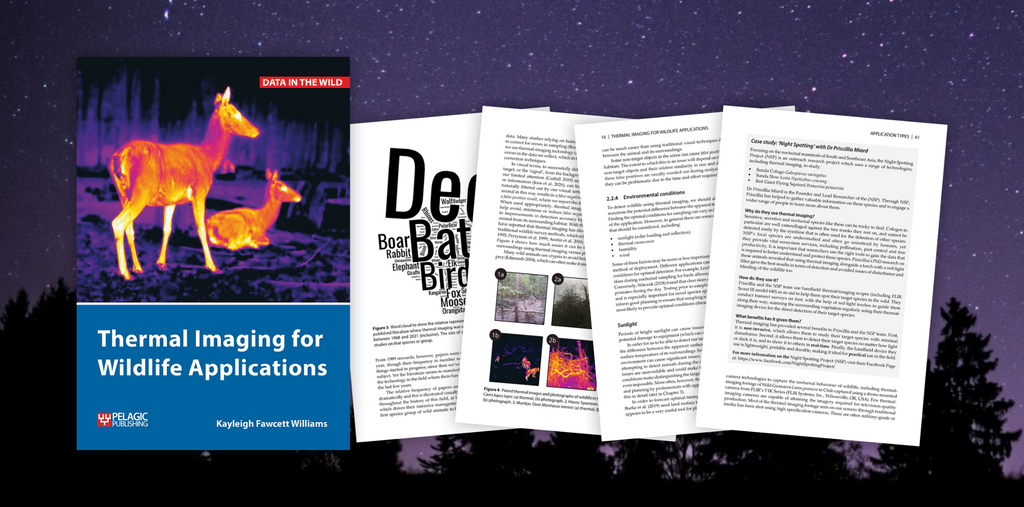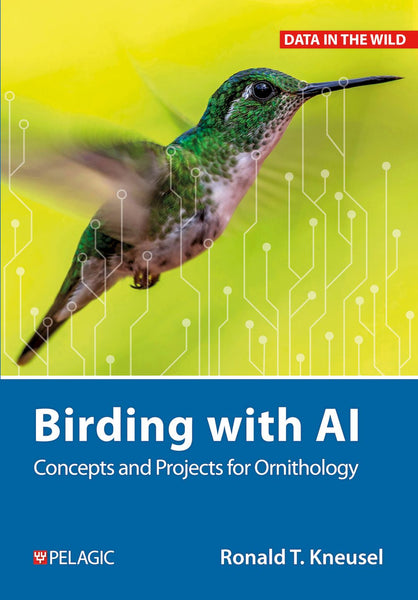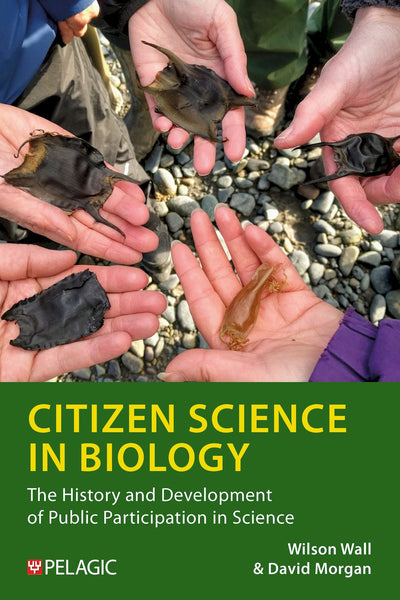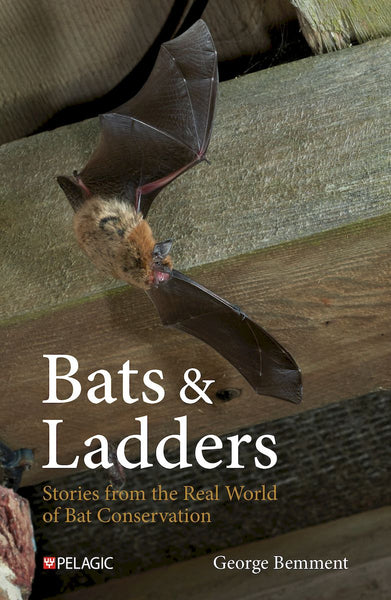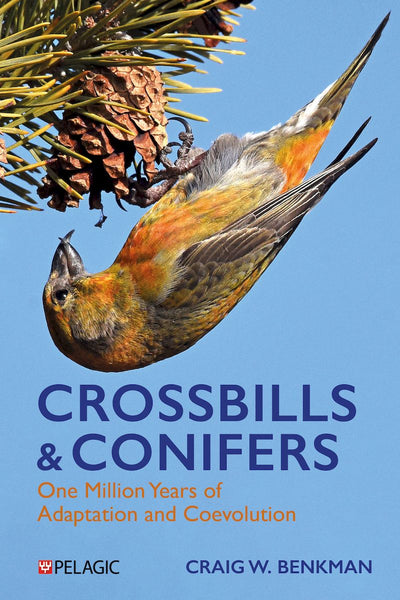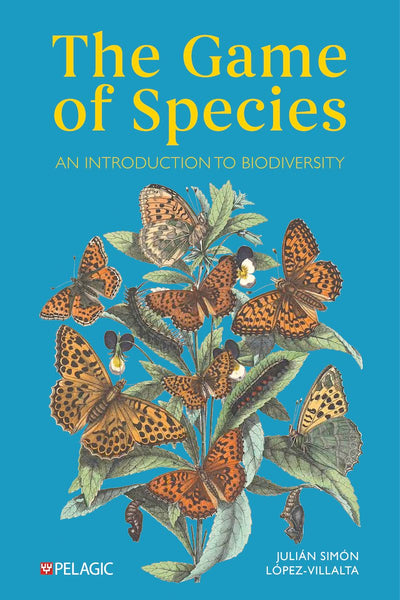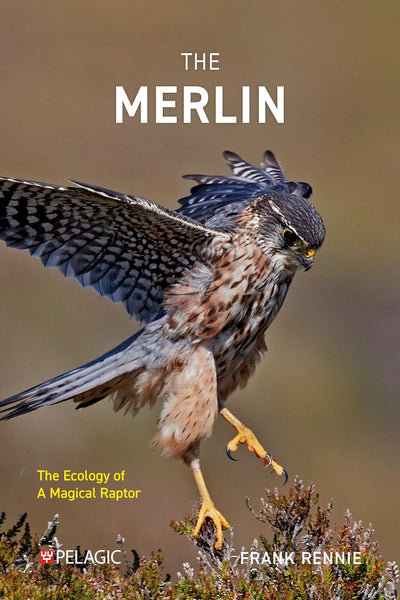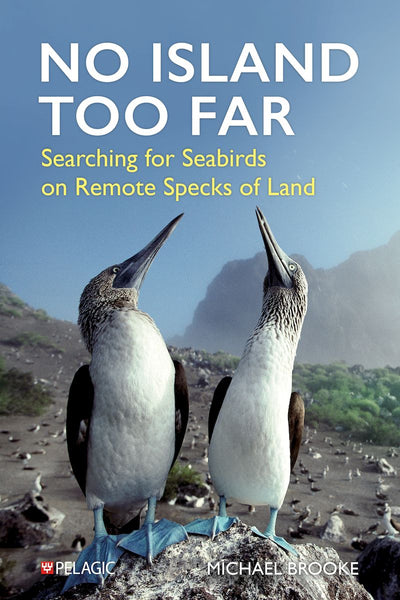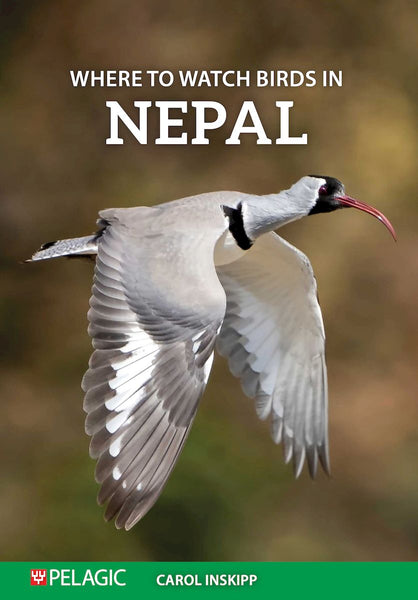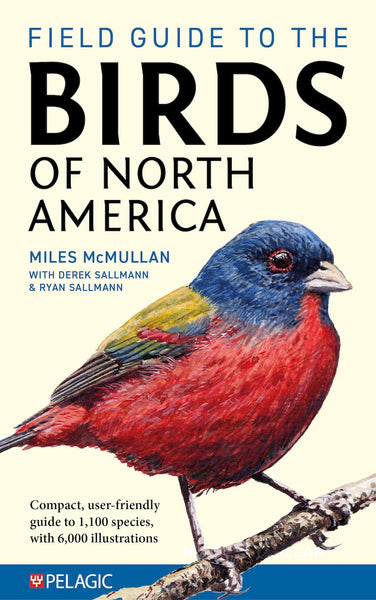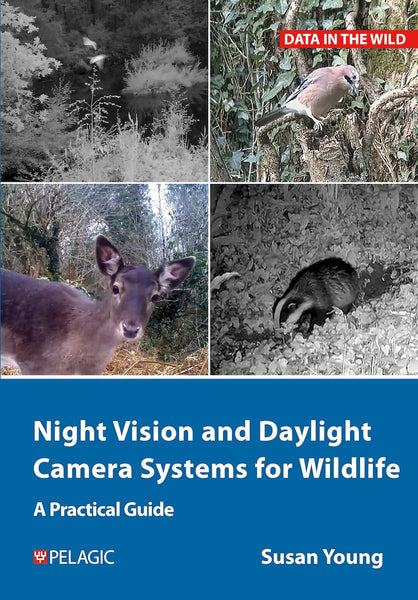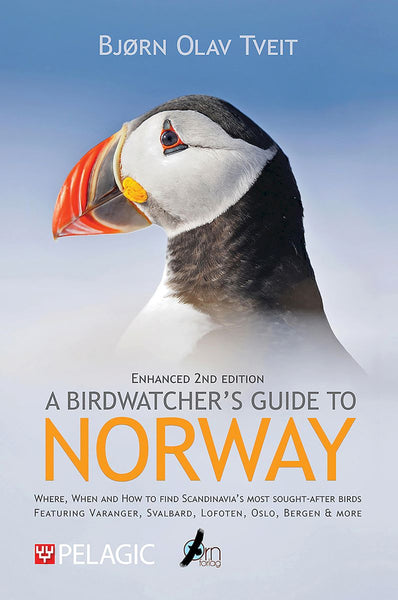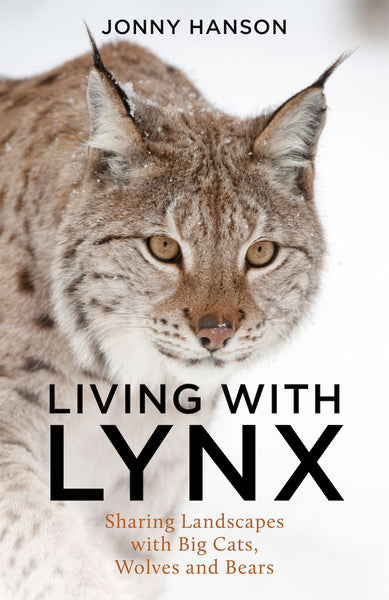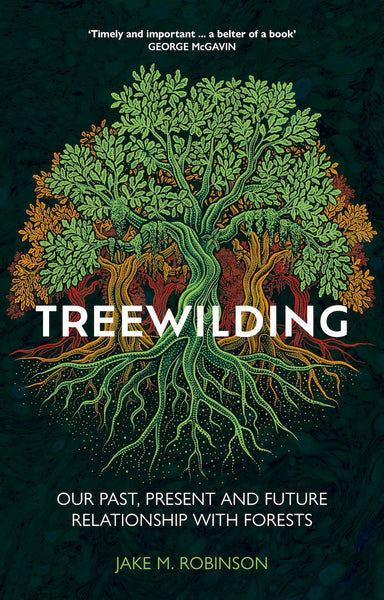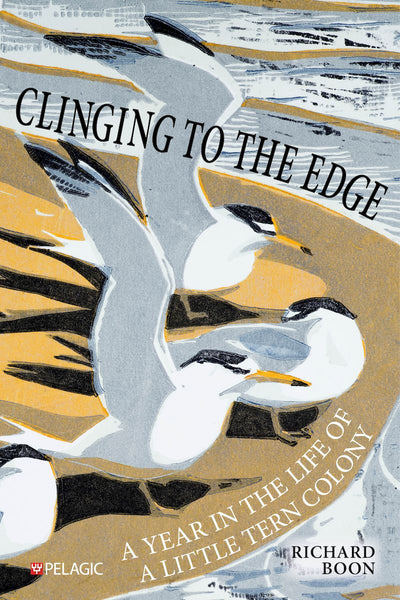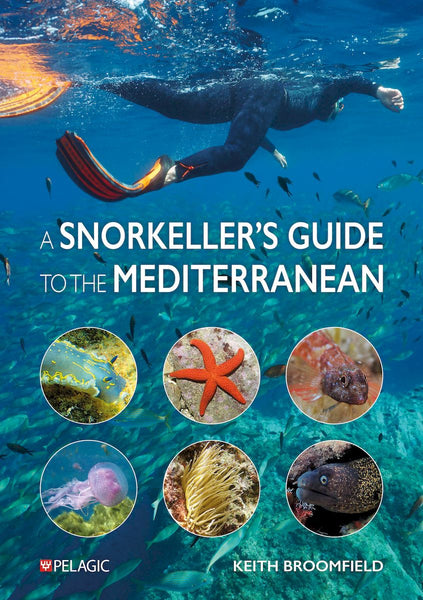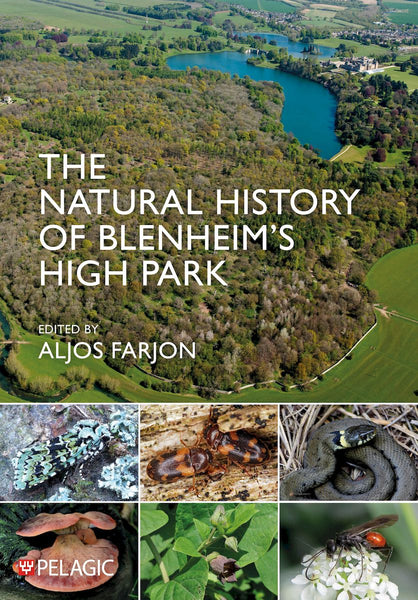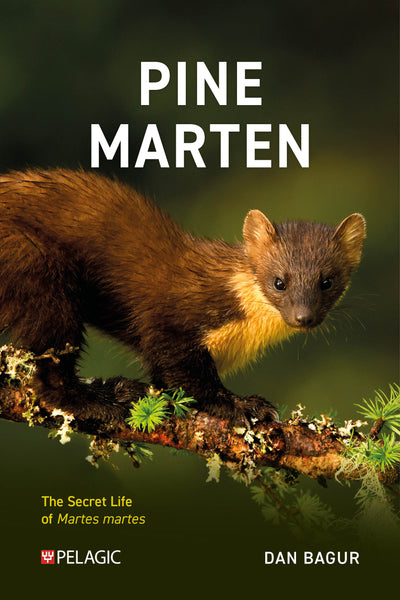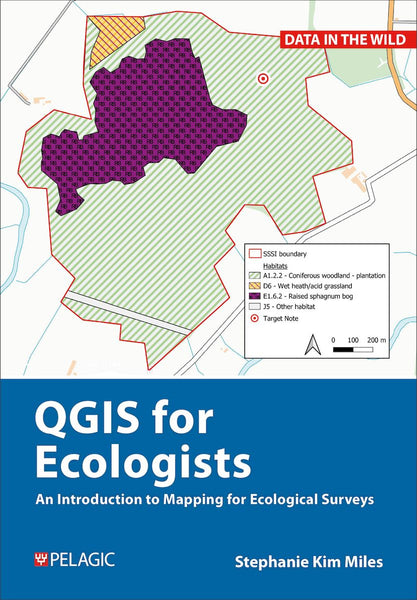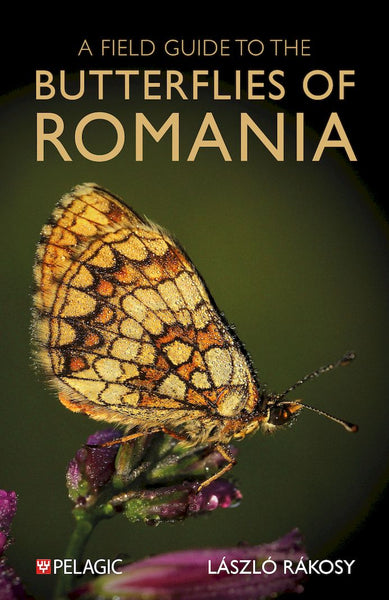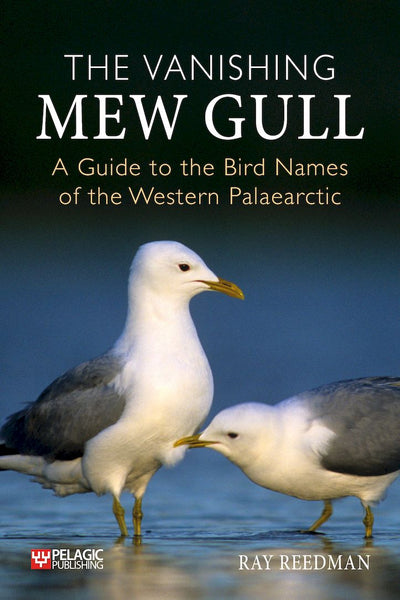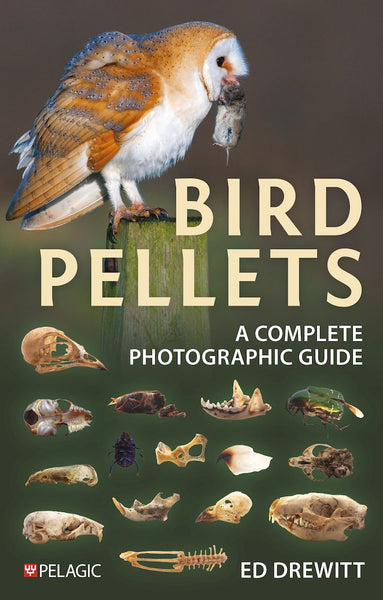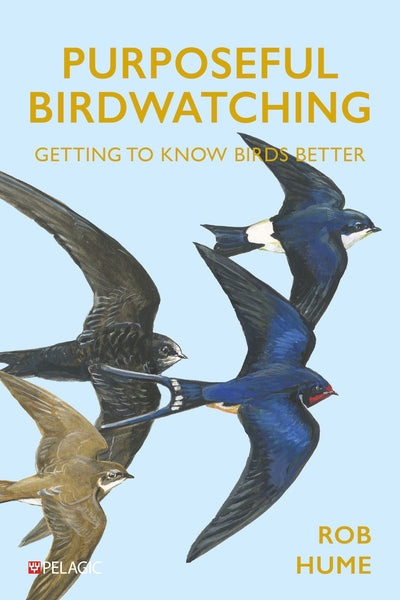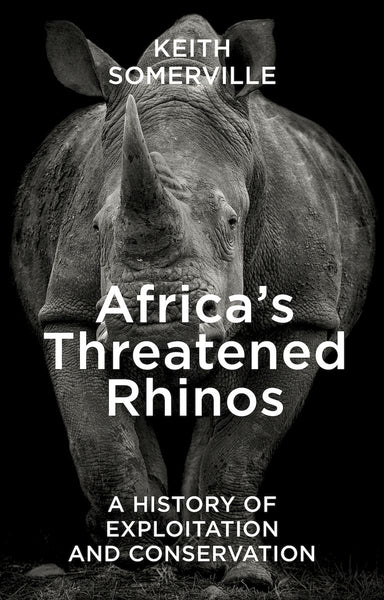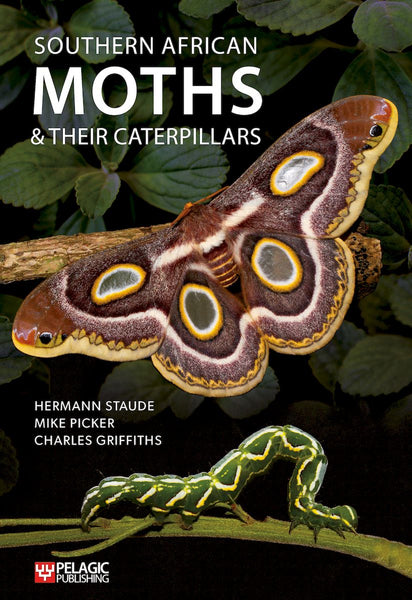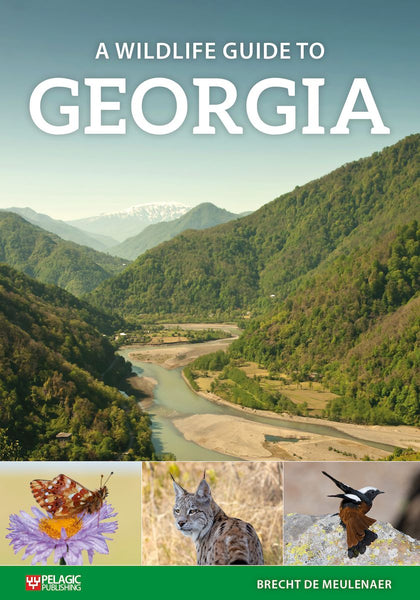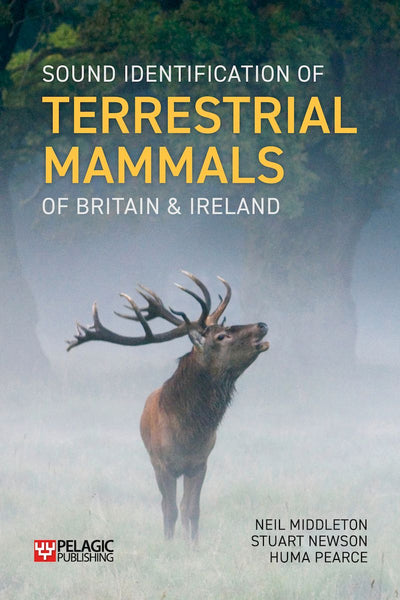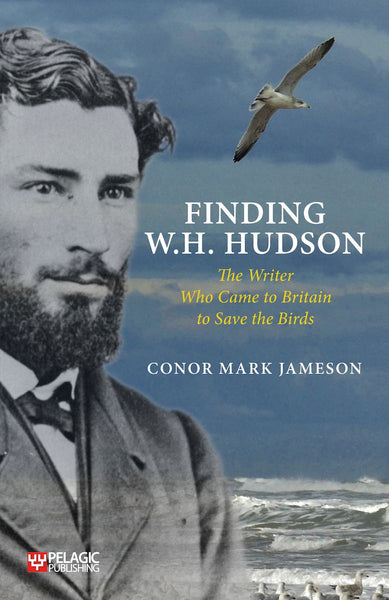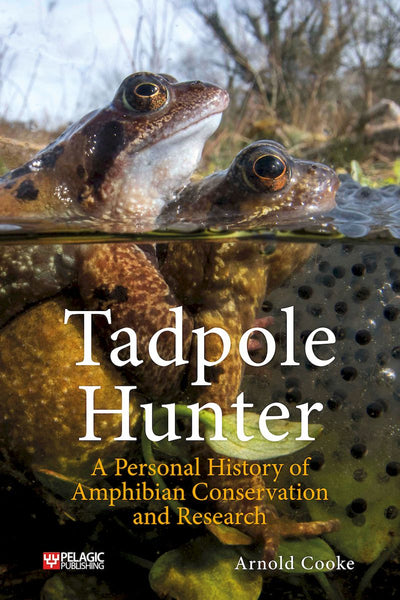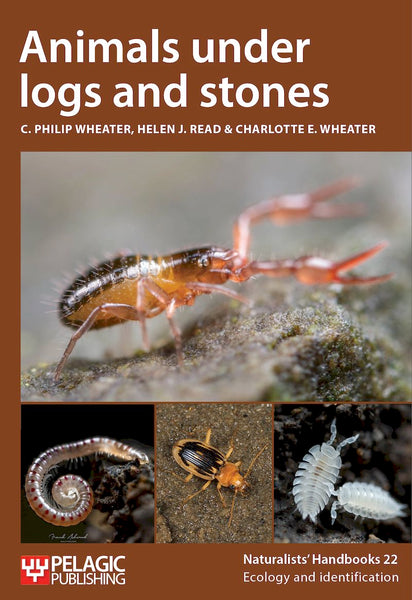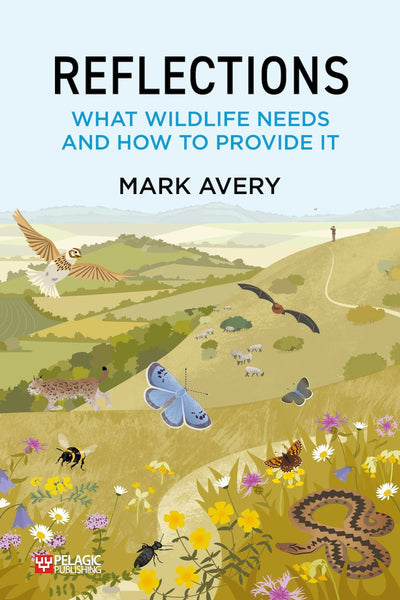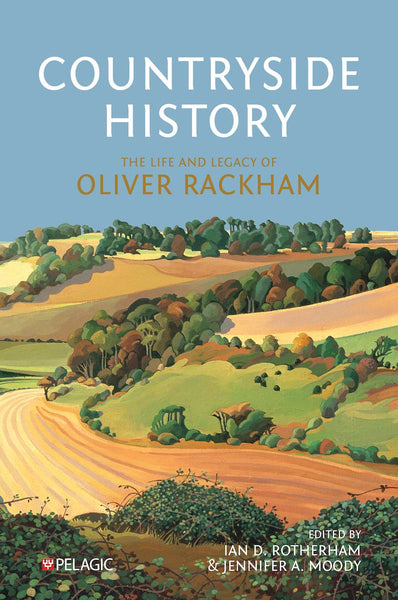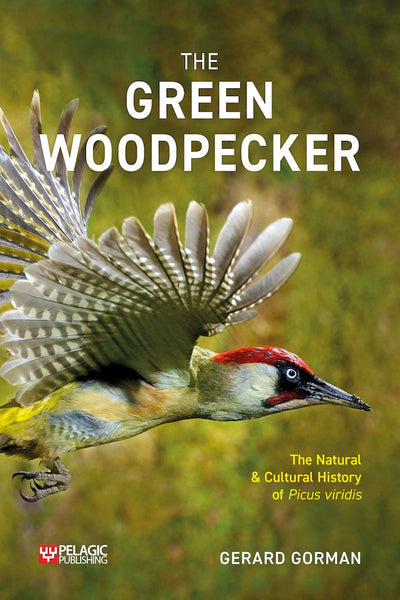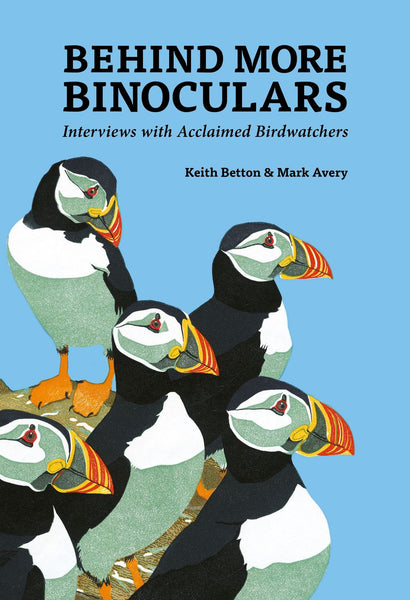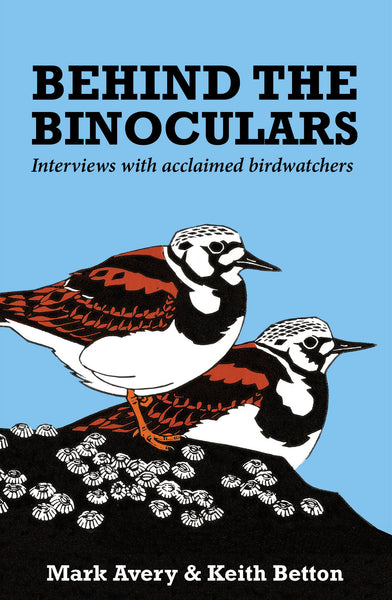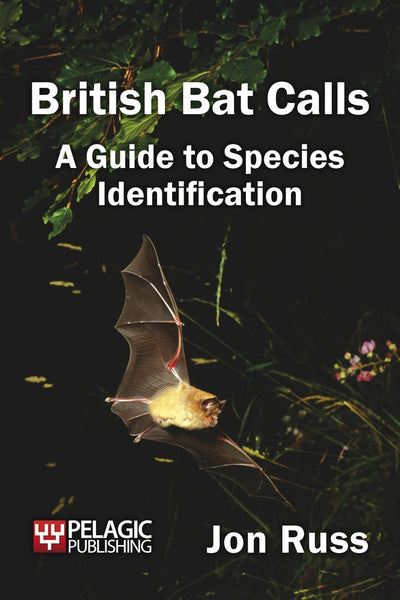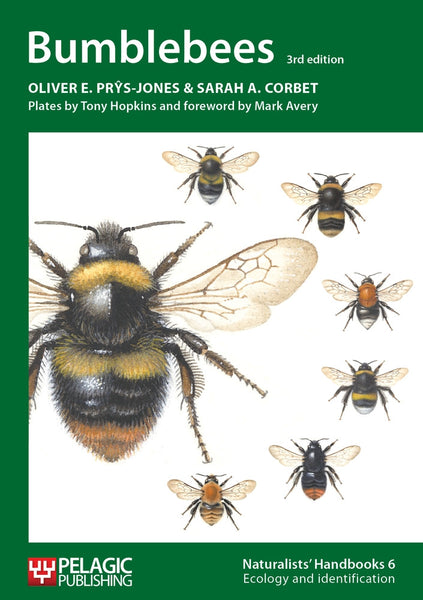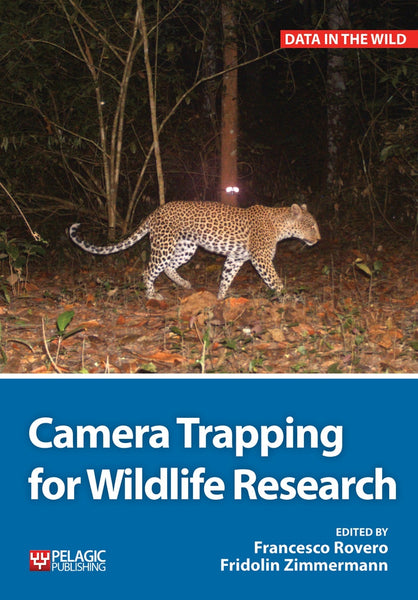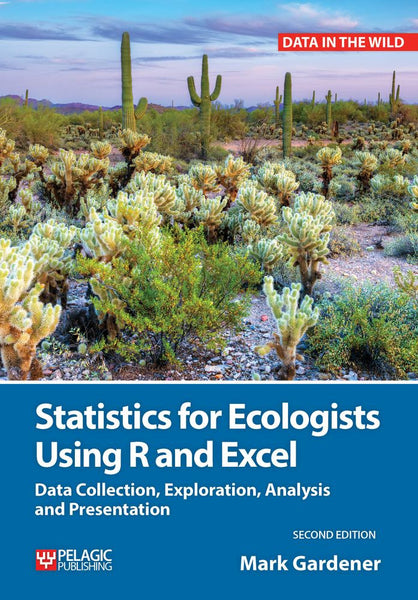Kayleigh Fawcett Williams talks to us about Thermal Imaging for Wildlife Applications and her fascination with the natural world.
Could you tell us a little about your background and where your interest in thermal imaging began?
Like many of us in this field, I have been interested in the natural world, particularly animals, from an early age. As an undiagnosed neurodivergent I found it hard making human friends, so I spent much of my childhood out in the garden or nearby fields looking for animal friends instead!
Despite struggles at school, I managed to make my way into the Zoology Department at Cambridge University. There I found a whole host of fascinating wildlife research that piqued my interest. When it came to choosing my own project, I began by studying the behaviour of wild, feral and free-roaming domestic horses. I had grown up around horses, so they were the creatures I suppose I thought I understood best. But studying their 24-hour time budgets came with a challenge: I couldn’t see what they were doing in the dark! In the lab, I explained my troubles in the field to my peers and some of the staff. One of the wonderful technicians went off to a back room somewhere and returned with some strange looking binoculars and a scope that I later realised were some pretty awesome (and expensive!) night vision kit. I was told that these should help and I should return them when I had finished with them. So I strode out onto Wicken Fen to follow the movements of the herds of Konik ponies there to try them out…and I think this is where my journey using technology for wildlife began.
It wasn’t until many years later that I discovered thermal imaging technology. In 2010 I started my PhD at the University of Southern Denmark. I arrived at the same time as some shiny new kit: a high-speed thermal imaging camera. This cutting-edge bit of equipment sounded very exciting to me and I hoped I could use it alongside the bioacoustic recording equipment (ultrasonic multi-microphone arrays) I was already using to study interactions between bats in the lab and in the field. I soon realised, like many others before me, that this was not an easy task and that this thermal imaging thing was not going to be quite as simple as I had hoped it might be.
I needed some help. So I flew back to the UK to visit FLIR’s UK Headquarters in West Malling for a week of intensive technical training at their Infrared Training Centre (ITC) and earned my Level 1 Thermography Certification. This training allowed me to begin to understand the basics of thermal science, how thermal imaging devices work, as well as (thankfully!) allowing me to actually start being able to use the camera itself!

Photograph and thermal image of a Scottish Wildcat Felis silvestris silvestris taken in bright sunlight. Conditions like this can be challenging due to solar loading and solar reflection.
What made you decide to write Thermal Imaging for Wildlife Applications?
It was not long after I had published the first version of the “Thermal Imaging: Bat Survey Guidelines” (2019) which was released at the Bat Conservation Trust’s National Conference. I always try to attend this event, but this was a particularly inspiring one. I had lots of fascinating conversations with other attendees and exhibitors there, including Nigel Massen, founder of Pelagic Publishing. A few weeks later, Nigel and I caught up on the phone and he asked me if I would be interested in writing a book on the subject. Naturally, I said “yes” without hesitation.
What made me say “yes”, though?
I am passionate about educating others about this technology because I have seen what a powerful tool it can be when used appropriately. It can dramatically improve the work we do by increasing accuracy, reducing cost, increasing efficiency and lowering carbon emissions. Just imagine if more wildlife professionals and amateur recorders could use a technology like that. So my reason, and my mission I suppose, behind writing the book has been to help as many people as I can to do just that.
 Adder Vipera berus: (a) photograph, (b) unprocessed radiometric thermogram and (c) radiometric thermogram after processing in specialist thermal software.
Adder Vipera berus: (a) photograph, (b) unprocessed radiometric thermogram and (c) radiometric thermogram after processing in specialist thermal software.
What was the biggest challenge you faced whilst writing the book?
There have been many challenges along the way both personal and professional. On a personal level, I probably couldn't have picked a more difficult time in life to write a book than this. In the past few years I have been juggling a lot, including running a business, raising two small children and receiving two life-changing health diagnoses. So it has been pretty tough going from that perspective, but I am glad to have written it despite the life-related hurdles along the way.
On a professional level, the biggest challenge was setting boundaries on what would and would not be included in the book. I absolutely loved researching the topic and I found out so many interesting things about it, but I knew I couldn’t possibly include everything I had read about among the pages of the 300+ documents I had reviewed in the process. Every time I thought I had finished, yet another new and exciting research paper would be published and my list just kept on getting longer. In the end I had to set a cut-off date when I would stop myself from reading these shiny new PDFs, and from then I had to force myself to save them in a folder for later.
What was the most surprising thing you learned during your research?
There were lots of surprises for me, but the biggest eye opener for me was how effective thermal imaging can be for marine mammal applications. As a Thermographer, I knew that water and thermal imaging don’t generally work well together. Why not? Thermal cameras work by detecting infrared waves and turning them into digital images we can see and interpret. However, these waves are reflected by the water surface, meaning we can’t see what’s below it. So I had (wrongly) assumed there would be little to read about thermal imaging for marine mammals. How wrong I was! Although, understandably, underwater thermography may never be a thing, researchers have successfully used this technology to find and study a range of marine mammals including narwhal, orca and walrus to name a few.
I think that really highlighted to me how important it is not to discount a method for a particular species or species group until you have really done your research on it. I will certainly keep a more open mind in future.
 Processed thermal images derived from the same original radiometric thermal image which has been processed manually (A) with and (B) without appropriate expertise. (A) clearly shows the target animal (bat) against the background, whereas in (B) the bast has ‘disappeared’ due to inappropriate use of software settings.
Processed thermal images derived from the same original radiometric thermal image which has been processed manually (A) with and (B) without appropriate expertise. (A) clearly shows the target animal (bat) against the background, whereas in (B) the bast has ‘disappeared’ due to inappropriate use of software settings.
Why is thermal imaging important for wildlife professionals?
Amidst biodiversity and climate crises, it is vital that wildlife professionals have the right tools to help them in their work. If we can’t detect a species in the wild, we can’t study, understand, or protect it. Now, more than ever, we need technologies such as thermal imaging to help us with this. With the right equipment and expertise, it can be used for a wide range of wildlife species applications to provide high quality data to help us make a positive impact in the work we do.
The use of this visual kit is already transforming wildlife survey applications, particularly for birds and bats. We have seen fantastic results from these types of surveys, where it has helped by increasing accuracy, while also saving time, effort, and money. It has so much potential to do much more in the future for many other wildlife species surveys as well as for other applications including wildlife rehabilitation, human-wildlife interactions, and education.
Learn more about Thermal Imaging for Wildlife Applications here






